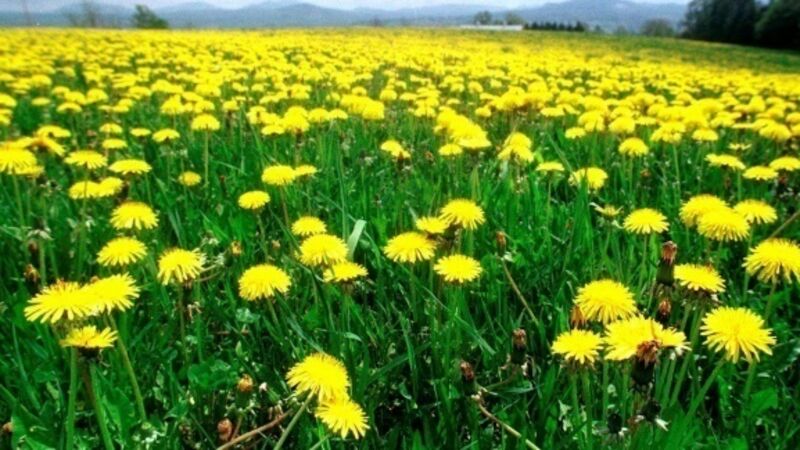Medieval ‘science’ behind naming of weeds and their dubious medicinal purposes

Some have started to flower and even produce seeds and this is bad news. There’s an old saying: ‘one year’s seeding, seven years weeding’. Weeding can be satisfying but can also become monotonous. A couple of hours ago boredom set in. I looked at a weed in my hand. It had rather pretty yellow flowers, like tiny dandelion heads the size of a two cent coin. It was very familiar but I realised I didn’t know its name. Plants with yellow flowers resembling dandelions probably make up the most difficult group of Irish wildflowers to identify. There are hawkbits and hawkweeds and catsears and coltsfoots… and this wasn’t any of the above. I decided to take a break from gardening and bring the weed inside to try and identify it online.
I used a website that groups Irish wildflowers by colour. There was a page and a half of thumbnail pictures of yellow flowers and, after a couple of false starts, I clicked on the correct thumbnail and identified my weed — it was nipplewort. An odd name, I thought, so I did a bit more searching.














